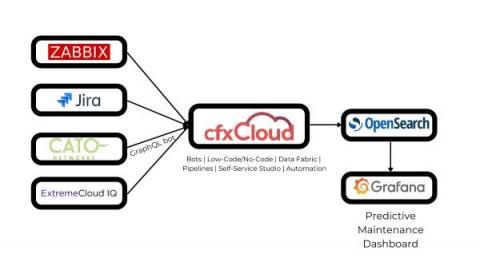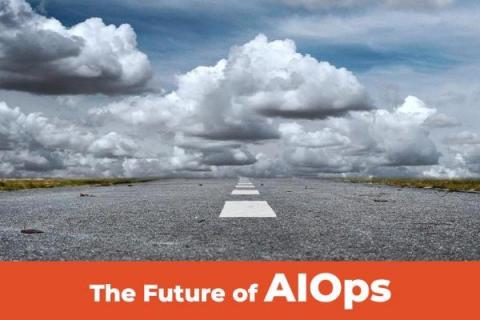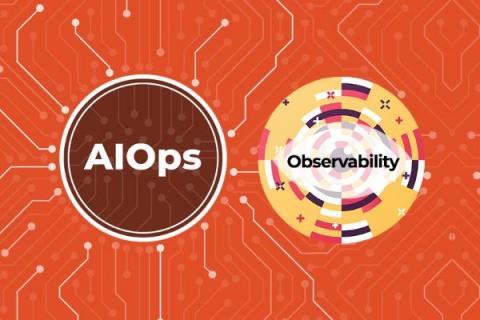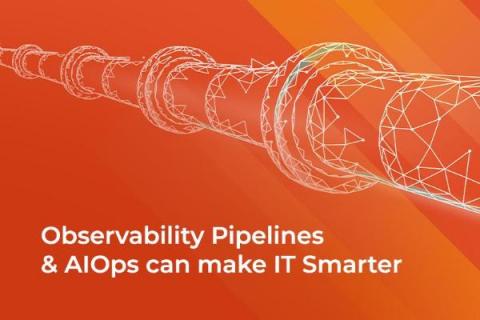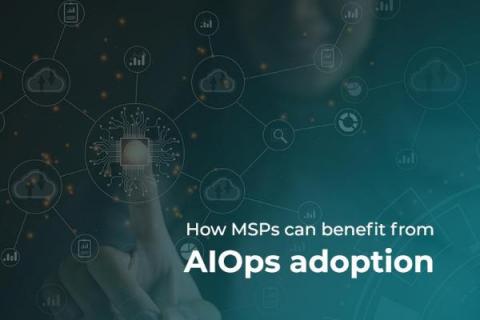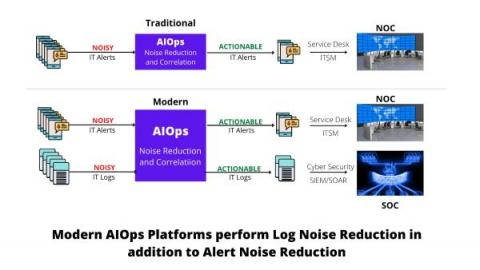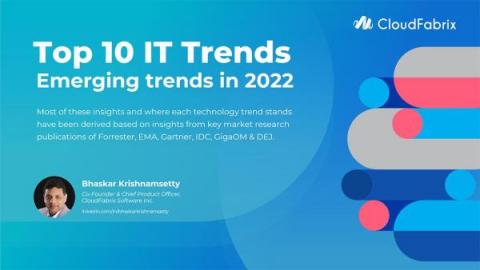Do More with Less! Use our New GraphQL Query Bot for Cato Networks, Monday.Com, and More
One of our partners in the LATAM region is working with an end customer, to implement a custom predictive maintenance dashboard, by pulling in and correlating data from multiple sources (like Zabbix, Jira Cloud, Cato Networks, Extreme Networks CloudIQ, etc.) and sending out the data to update a Grafana dashboard, which can read data from OpenSearch. Partner is using our data bots and low-code/no-code pipelines to implement this project.


